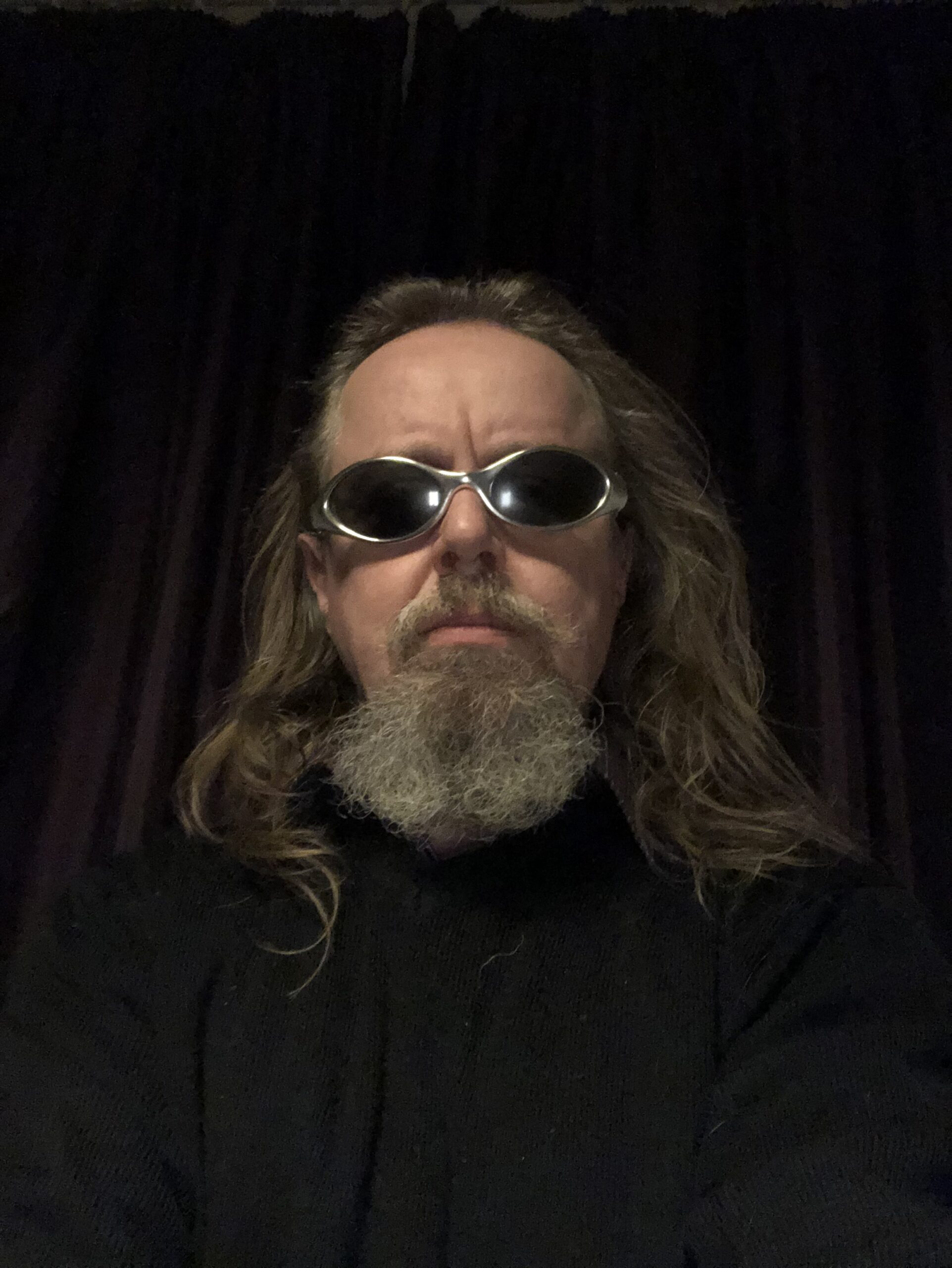Have you ever seen a rainbow at night, also known as a 'moonbow'?
It might not seems plausible, but yes, rainbows do form at night, it's just that they're not called rainbows… and you’re unlikely ever to see one.
Rainbows are caused when sunlight passes through drops of falling rainwater.
Refraction as light passes through the walls of these water droplets causes it to be split into its component colours, leading to the familiar ROYGBIV spectrum appearing as an arc on the sky.
If the Sun is low in the sky, you might even see a red rainbow.

What causes moonbows
We don’t only get light from the Sun. At night, when the Sun goes below the horizon, some of its light hits the Moon and is reflected back towards the Earth.
This light can encounter falling raindrops just like sunlight does during the day to produce rainbows, and when that happens to moonlight at night, the same effect occurs.
Moonlight is refracted and forms a coloured arc on the sky. An arc that, in this case, we call a moonbow.

What Moonbows look like
The light that’s reflected back to Earth by the Moon at night is but a fraction of the light that comes direct from the Sun during the day.
As such, moonbows tend to be a lot fainter than rainbows, so much so that the colour-receptive cones in the human eye are unable to discern the different colours.
This results in a moonbow that appears as a simple white, rather than multi-coloured, arc.

How to see a Moonbow
Your best chance of seeing a moonbow is when the Moon is full, but low in the sky.
Normally this will mean a few hours after sunset or a few hours before dawn, because at higher elevations, the full Moon will be too bright, and overpower any moonbow effect.
Read our guide to find out when the next full Moon will be visible.
And, naturally, you’ll also need it to be raining – or at least, for there to be a substantial amount on moisture in the air.
Moonbows can occur when there is fog, and are also often seen in the mist that hovers above large waterfalls such as Niagara Falls in the US/Canada, or Victoria Falls in Zimbabwe/Zambia.
Want to see more moonbows? Take a look at this image of the Northern Lights and a moonbow in one photo.


